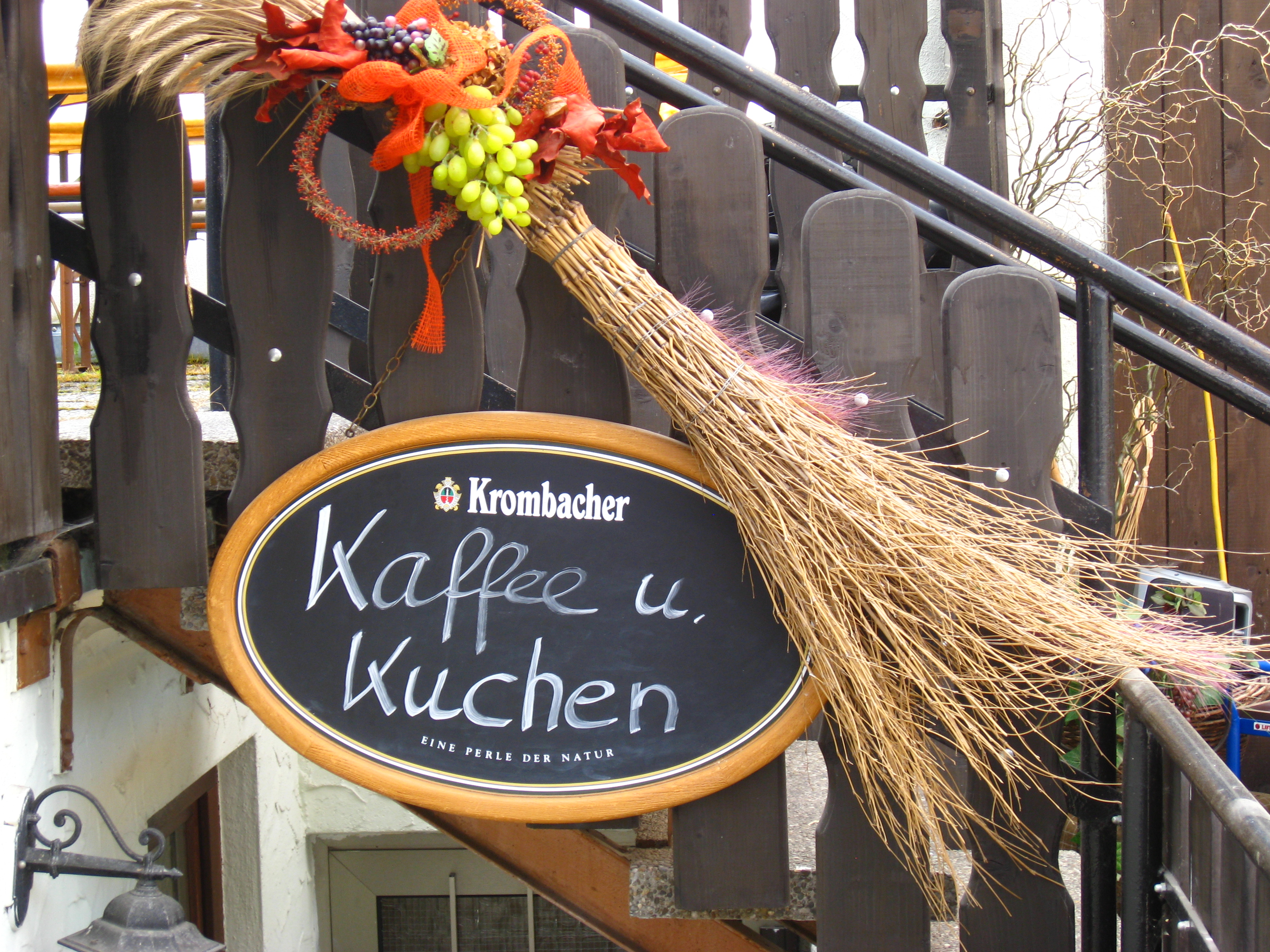As the executioner’s sword lobbed the man’s head off in an arching crimson spray, the crowd lunged forward. It wasn’t the sensationalism of a violent death that drew all the people clutching their white handkerchiefs. It was the blood. Bubbling from...
People love them. Restaurants hate them. And that’s why the law had to step in. When a European vintner suspends a bush, broom, or ivy bunch outside his door, that signals the sale of homemade wine and cheap, country food on his farm. The “vintner’s...




Recent Comments